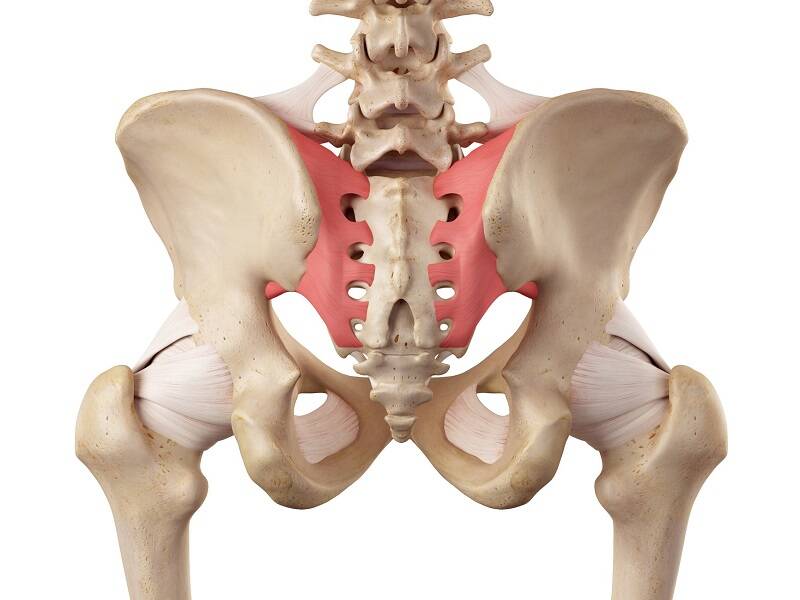- Cibulka MT; Delitto A & Erhard RE (1992). "Pain patterns in patients with and without sacroiliac joint dysfunction". In Vleeming A; Mooney V; Snijders CJ & Dorman T (eds.). First Interdisciplinary World Conference on Low Back Pain and its Relation to the Sacroiliac Joint. pp. 363–70.
- Fortin, J. D.; Falco, F. J. (1997). "The Fortin finger test: An indicator of sacroiliac pain". American Journal of Orthopedics. 26 (7): 477–80.
- Sturesson, B; Selvik, G; Udén, A (1989). "Movements of the sacroiliac joints. A roentgen stereophotogrammetric analysis". Spine. 14 (2): 162–5.
- Sturesson, B; Uden, A; Vleeming, A (2000). "A radiostereometric analysis of movements of the sacroiliac joints during the standing hip flexion test". Spine. 25 (3): 364–8.
- Schwarzer, A. C.; Aprill, C. N.; Bogduk, N (1995). "The sacroiliac joint in chronic low back pain". Spine. 20 (1): 31–7.
- Maigne, J. Y.; Boulahdour, H.; Chatellier, G. (1998). "Value of quantitative radionuclide bone scanning in the diagnosis of sacroiliac joint syndrome in 32 patients with low back pain". European Spine Journal. 7 (4): 328–31.
- Maigne, J. Y.; Aivaliklis, A; Pfefer, F (1996). "Results of sacroiliac joint double block and value of sacroiliac pain provocation tests in 54 patients with low back pain". Spine. 21 (16): 1889–92.
SI joint block: What is it and why does the blockade of the sacroiliac joint occur?

Photo source: Getty images
Most common symptoms
- Feeling of heavy legs
- Flank Pain
- Abdominal Pain
- Limb pain
- Leg Pain
- Lower Abdominal Pain
- Groin Pain
- Back Pain
- Bone Pain
- Muscle stiffness
- Tingling
- Bone thinning
- Fatigue
Show more symptoms ᐯ
Treatment of SI joint block: Medication, physiotherapy, rehabilitation and exercises
Show moreSI joint block is treated by
Other names
sacroiliac blockade










